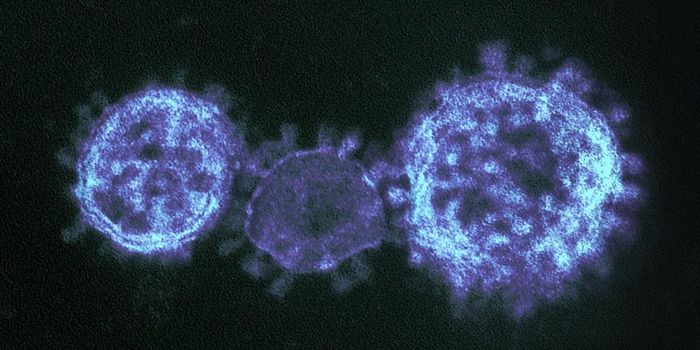There’s no such thing as sterile. That’s my opinion, at least.
Researchers from the University of North Carolina at Chapel Hill found bacteria living in the upper female reproductive tract, a place that was once thought to be sterile.
This surprised study author Wendy Brewster. The
upper genital tract is defined as the fallopian tubes, ovaries, and uterus. “This is a place essential to the beginning of life - you don't expect that it's a place that's teeming with bacteria”, says Brewster. She and colleagues are presenting their findings this week at the annual meeting of the American Society of Clinical Oncology.
The UNC study involved 25 post-menopausal women who were undergoing hysterectomy (removal of the uterus) or salpingo-oophorectomy (removal of a fallopian tube and ovary). They isolated bacteria from tissue samples of the proximal fallopian tube, fimbria, and ovary surface. Then, they used 16S rRNA sequencing to identify the bacteria that were present.
The composition of bacteria differed between the fallopian tubes and ovaries and between the proximal and fimbriated ends of the fallopian tube. Even more interesting is the fact that the array of bacteria was distinct in women with epithelial ovarian cancer; samples from these women also had more pathogenic bacteria.
So, could ovarian cancer (and other conditions) be related to the bacteria present in the reproductive tract?
According to study author Wendy R. Brewster, “now that we know that these organisms are there, and that there are different organisms in different parts of the upper female reproductive tract, we want to know: Do these organisms influence whether or not you get cancer, or do they influence the behavior of cancer? If you have different types of organisms, do you have better outcomes?”
These findings parallel a 2014 study from Loyola University that characterized the bacteria found in urine collected directly from the bladder (also once thought to be sterile). Women with overactive bladder syndrome harbored a greater diversity of bacteria in their bladders and urine. In fact, four species of bacteria were found exclusively in women with overactive bladders. According to study author Evann Hilt, “now that we know they’re there, the question is what are they doing? It’s like any other niche on our body. You have a good flora that keeps you healthy.”
Sources: American Society of Clinical Oncology Annual Meeting,
Science Daily,
Science News, Wikipedia









